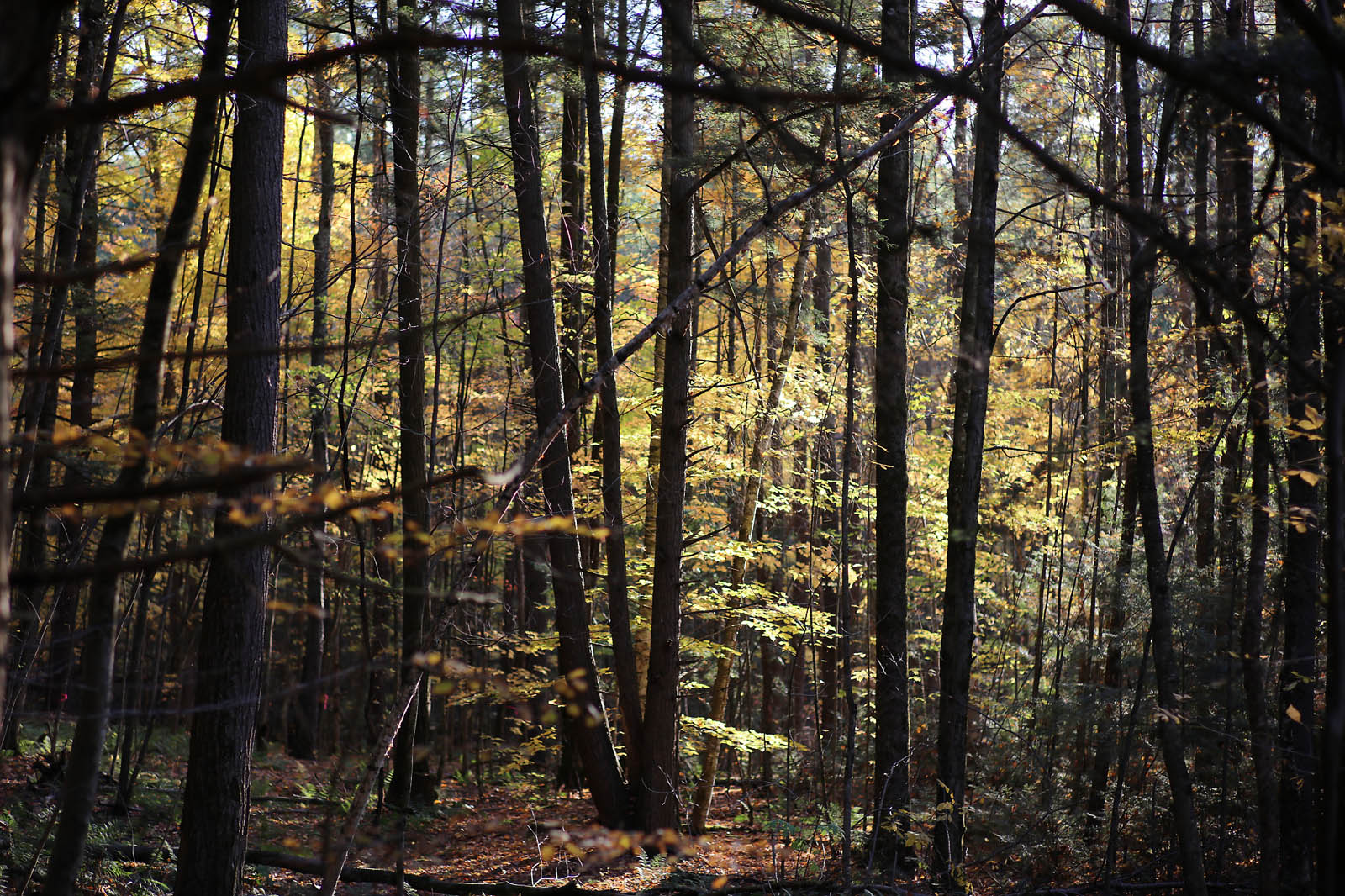
Vermont’s Use Value Appraisal program (better known as “Current Use” or “UVA”) turns 43 this year. Vermont’s House Natural Resources Committee has been looking at much-needed changes to the program, including expanded enrollment possibilities for wild forests. In early March, they asked Vermont Family Forests Executive Director David Brynn to offer testimony.
The Current Use program has served Vermont and Vermonters well over the years and currently enrolls about one-third of Vermont’s land base. It’s also due for some much-needed changes in order to respond effectively to the ecological and economic realities of our rapidly changing climate.
When passed into law in 1978, the UVA program offered welcome tax relief to owners of agricultural and forest lands, reducing the financial pressure to subdivide and develop those lands.
To qualify for a lower tax rate that reflects the land’s “current use” as forestland, a landowner must develop and follow a forest management plan. Currently the default management approach within the UVA program is timber resource management—that is, if you are enrolled in the program, you are expected to manage your forest for traditional forest products like lumber, firewood, and maple syrup.
The realities of our climate emergency necessitate a broader, more nuanced approach within UVA management criteria, recognizing the immense, documented benefits of wild forests to Vermont’s economic, social, and ecological health.
Recent research by Bill Keeton, William Moomaw, David Mildrexler, and others describes and quantifies the critical role of bigger trees and complex, mature forests in storing carbon and safeguarding biodiversity.
Currently, with rare exceptions, a maximum of 20% of the productive forestland in a UVA-enrolled forest parcel can be excluded from active timber management (for sawlogs, firewood, maple production, and other such forest products), if it meets specific criteria for ecological significance.
The House Natural Resources Committee is exploring a change that would allow family forest owners to enroll permanently conserved (via a conservation easement), forever-wild forests. While VFF supports this addition, our sense is that such a change will only affect a very small portion of Vermont forestlands.
In addition to that change, we recommend adding a wildland forestry land-use category to the UVA program, and shifting from a default timber management approach to a triad approach, rooted in forest ecosystem health, that accommodates production forestry, ecological forestry, and wildland forestry.
Across Vermont’s forested landscape, some forest sites are better suited to a particular leg of the forestry triad than others, by virtue of their soils, elevation, moisture, and other characteristics. The landscape-level mapping data available through Vermont Conservation Design can be instrumental in helping determine management approaches that best conserve ecological function, protect water quality and biodiversity, and optimally sequester and store carbon.
In a rapidly changing climate, it’s high time for changes that will make Vermont’s revered Current Use program even more attuned, responsive, and beneficial to our human and natural communities in this place we call home.





